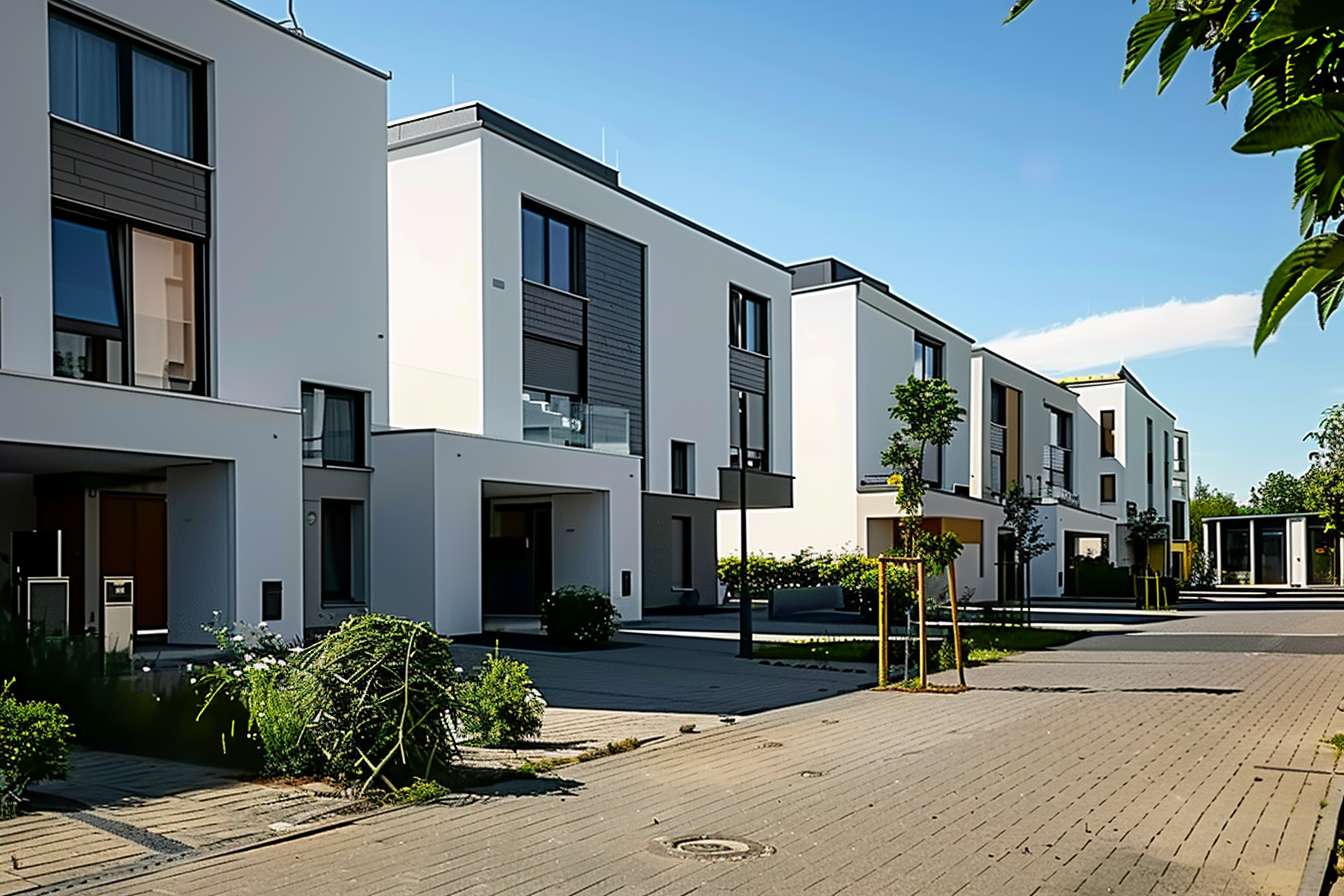Title: Uncharted Territory: Industrial-to-Residential Conversions
In a world where urban landscapes are constantly evolving, a new trend is reshaping the real estate market: the transformation of industrial spaces into residential havens. This innovative approach to property development is not only addressing housing shortages in densely populated areas but also breathing new life into abandoned industrial zones. As cities grapple with limited space and increasing demand for housing, developers and investors are turning their attention to the untapped potential of warehouses, factories, and other industrial structures.

Challenges and Opportunities
Transforming industrial spaces into residential properties presents a unique set of challenges. Many of these buildings were not designed with human habitation in mind, requiring extensive renovations to meet modern living standards and building codes. Issues such as environmental remediation, structural reinforcement, and the installation of proper insulation and ventilation systems are common hurdles. However, these challenges also present opportunities for creative problem-solving and innovative design solutions.
Financial Implications for Investors
From an investment perspective, industrial-to-residential conversions can be highly lucrative. The initial acquisition costs for industrial properties are often lower than traditional residential real estate, especially in prime urban locations. While renovation costs can be substantial, the unique character and prime locations of these converted spaces often command premium prices in the housing market. Investors who can navigate the complexities of these projects stand to reap significant returns.
Impact on Urban Planning and Community Development
The trend of industrial-to-residential conversions is having a profound impact on urban planning and community development. These projects often serve as catalysts for neighborhood revitalization, attracting new residents, businesses, and amenities to formerly industrial areas. City planners and policymakers are increasingly supportive of these conversions, recognizing their potential to address housing shortages and breathe new life into underutilized urban spaces.
Design Trends and Architectural Innovation
One of the most exciting aspects of industrial-to-residential conversions is the opportunity for architectural innovation. Designers are finding creative ways to preserve the industrial character of these spaces while making them comfortable and functional for modern living. High ceilings, exposed brick walls, and large windows are often retained and celebrated as unique features. Open floor plans, mezzanine levels, and creative use of industrial materials are common design elements that pay homage to the buildings’ origins while creating stunning living spaces.
Market Demand and Buyer Demographics
The market for converted industrial spaces is diverse, attracting a wide range of buyers. Young professionals and artists are often drawn to the urban locations and unique aesthetics of these properties. Families appreciate the spacious layouts and character-filled environments. Empty-nesters and retirees looking for low-maintenance city living find these conversions an attractive alternative to traditional housing options. The appeal of these properties spans generations and lifestyles, contributing to their strong market demand.
Environmental Considerations and Sustainability
Industrial-to-residential conversions align well with principles of sustainable development. By repurposing existing structures, these projects reduce the need for new construction and the associated environmental impacts. Many conversions incorporate green building practices, such as energy-efficient systems, sustainable materials, and adaptive reuse strategies. This focus on sustainability not only appeals to environmentally conscious buyers but also often results in lower operating costs for residents.
Future Outlook and Market Predictions
As urban populations continue to grow and housing demands increase, the trend of industrial-to-residential conversions is likely to accelerate. Industry experts predict that we will see more innovative approaches to these conversions, including mixed-use developments that combine residential, commercial, and community spaces within former industrial complexes. The success of early projects is encouraging more developers to explore this niche, potentially leading to a significant shift in the urban real estate landscape.
Regulatory Landscape and Policy Implications
The rise of industrial-to-residential conversions is prompting cities to reevaluate zoning laws and building codes. Many municipalities are creating new regulations or adapting existing ones to facilitate these projects while ensuring safety and quality of life for residents. Policymakers are grappling with questions of how to balance the preservation of industrial heritage with the need for housing development. As this trend continues to grow, we can expect to see more comprehensive policy frameworks emerge to guide and regulate these unique developments.
In conclusion, the transformation of industrial spaces into residential properties represents a significant and exciting shift in the real estate market. This trend offers solutions to urban housing challenges, creates opportunities for innovative design, and contributes to sustainable urban development. As more of these projects come to fruition, they are not just changing the physical landscape of our cities but also redefining the way we think about urban living and community spaces. The industrial-to-residential conversion movement is more than just a real estate trend; it’s a reimagining of urban life for the 21st century.





